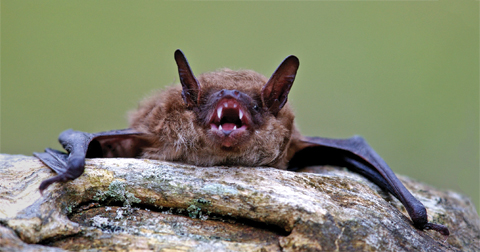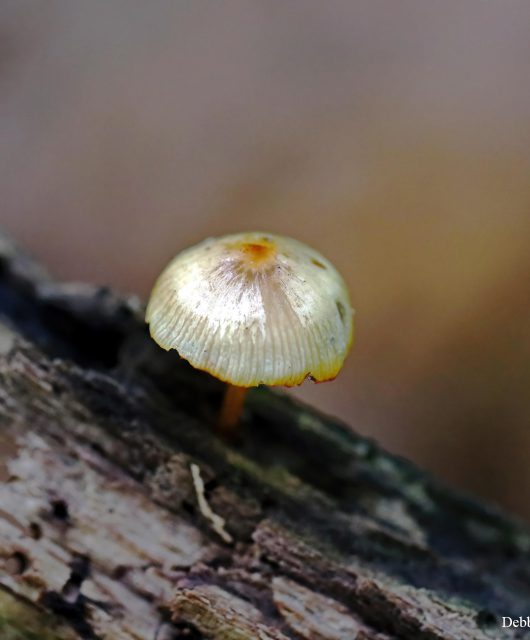[PHOTO CREDIT: TOM LUSK]
Today I am exploring some of the ways bats have contributed to science. Bats have inspired several scientific advancements for humans, such as navigational aids for the blind, blood-clot medications, low-temperature surgery, and military sonar.
Inventions like this one can help blind people ‘see’ their surroundings using echolocation, similar to what bats use. Bats are experts at echolocation, navigating cluttered environments like forest canopy with ease. Human inventions, such as drones, are far less skillful. Lessons learned from bats have the potential to improve both sonar and radar equipment.
Another lesson learned from bats comes in the form of Draculin (great name!), an anticoagulant derived from the saliva of vampire bats. This compound has great potential to treat victims of strokes and heart attacks by breaking up blood clots and thinning the blood. Of more than 1300 bat species currently described, only 3 drink blood and they are all found in South America and Mexico.
Another research area with great promise involves bat immune systems and longevity. Bats live a very long time given their small size. The insectivorous Brandt’s bat of Eurasia, for example, weighs 4-8 grams, compared with ~20 grams for a mouse. But while a mouse is lucky to live for a year or two, the Brandt’s bat can survive into its 40s — a disparity between life span and body mass that is the most extreme of all mammals. Even the Little Brown Bat of North America can live into its 30s.
How are bats able to live for so long? It is thought that aspects of their physiology, as well as adaptations such as hibernation and a low reproductive rate, contribute to their longevity. One theory is the longevity of bats arose from adaptations needed for flying. When a bat flies, its heart beats an impressive 1,000 times a minute, and its metabolism ramps up 15-fold over resting rate. Bats can maintain this rate for hours. By contrast, the metabolism of a running rodent is seven times normal, and only for short bursts. This elevated metabolism generates a huge number of metabolic byproducts called free radicals, which could mutilate the bat’s DNA were it not for its extra-strength molecular repair crew. Countering DNA damage also appears to be a great strategy for overall health, which could explain bats’ exceptional longevity. Bats are amazingly resistant to pathogens such as viruses, and do not appear to suffer from cancer. Studies on bat genomes in relation to these traits may lead to new medical treatments for humans concerning cancer, infectious disease, and the effects of aging.
Clearly there is much to be learned from the extraordinary adaptations of bats!
If you want to do your part, visit HelptheBats.ca for more information and instructions to build your own bat house!





